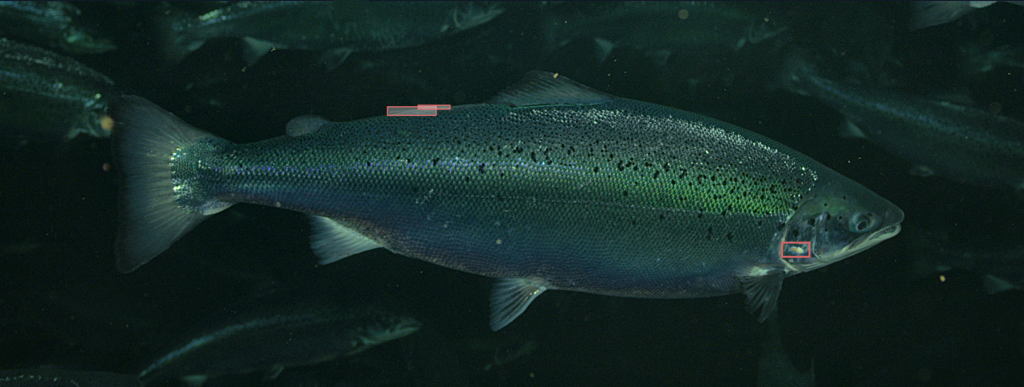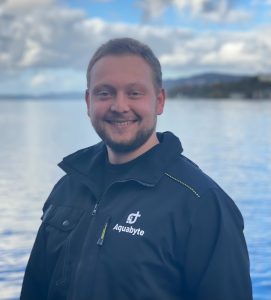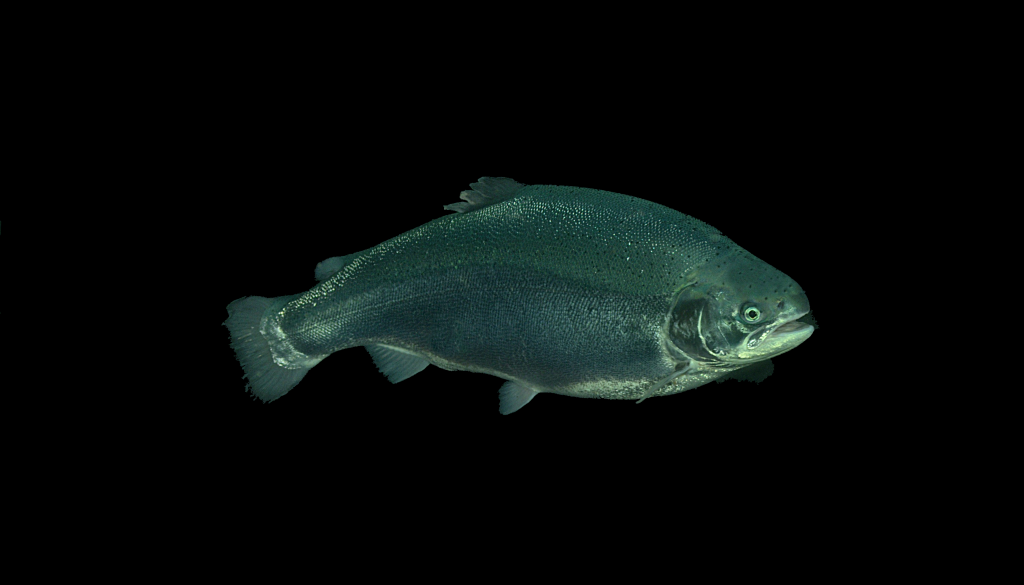With daily automatic lice counts and weekly lice forecasts, Aquabyte’s digitally driven aquaculture technology enables customers to reduce the number of treatments during the production period.
– For our users, there’s a big difference between doing manual lice counts once a week and receiving daily updates from the Aquabyte system. This is especially true during periods when the lice situation changes rapidly. In those cases, it’s not sufficient to base decisions about costly delousing treatments on lice information that’s six to seven days old, says Gunnar Berg, Product & Quality Manager and “lice expert” at Aquabyte.

The Aquabyte system uses cameras in the pen and a combination of artificial intelligence and machine learning to automatically count lice. Automatic lice counting saves fish farmers labor and also provides daily lice counts that are more accurate compared to weekly manual counting.
The feedback from our customers is that they have fewer delousing events during the production period after implementing Aquabyte.
Two-week lice prediction
In addition to daily lice counts, users also receive lice predictions from the Aquabyte system. In short, the system informs whether it is likely or not that the lice counts will exceed the Norwegian Food Safety Authority’s permitted threshold. The predictions extend up to two weeks ahead.
– With daily automatic lice counts and reliable predictions, fish farmers get the insight they need to make good decisions about when and if lice treatments should be conducted. The feedback from our customers is that they have fewer delousing events during the production period after implementing Aquabyte, says Gunnar.
Significant expenses associated with lice treatment

In addition to the high costs of the lice treatment itself, there are also other economic factors that must be considered when calculating the total expenses: Before the lice treatment, the fish must be starved. Afterwards, it takes time for the fish to regain their appetite and eat normally again. Lice treatment also results in more injuries and higher mortality.
– Some fish die as a direct consequence of delousing, and we know that many fish develop winter sores as a consequence of the rough treatment needed to remove the lice. Additionally, there’s a loss of growth. We clearly see this in the weight data provided by the Aquabyte system to our customers. Fish that undergo delousing grow less and later. It can be up to 100 grams per fish per treatment. With 100,000 fish in each pen, there is a significant loss of growth, says Gunnar, and continues:
– If we consider all the costs associated with delousing, one less treatment can cover the investment in our system. And then we haven’t even taken into account the other benefits that the Aquabyte system provides to customers in terms of increased predictability and improved fish welfare.
The challenges will line up as we head towards warmer weather and increased water temperature.
Lice numbers can explode at short notice
Gunnar is a trained aquaculture biologist. In addition, he worked as a manual lice counter for several years before joining Aquabyte. This has given Gunnar broad experience and in-depth knowledge of the lice challenges faced by farmers.
– The challenges will come in succession as we move towards warmer weather and increased water temperature. During this period, lice numbers can explode at short notice. With our system, farmers get continuous information about what is happening in the pen now, and predictions on what is likely to happen in the future. This enables our users to make the right decisions regarding lice treatments based on knowledge and insight, not assumptions, concludes Gunnar.






